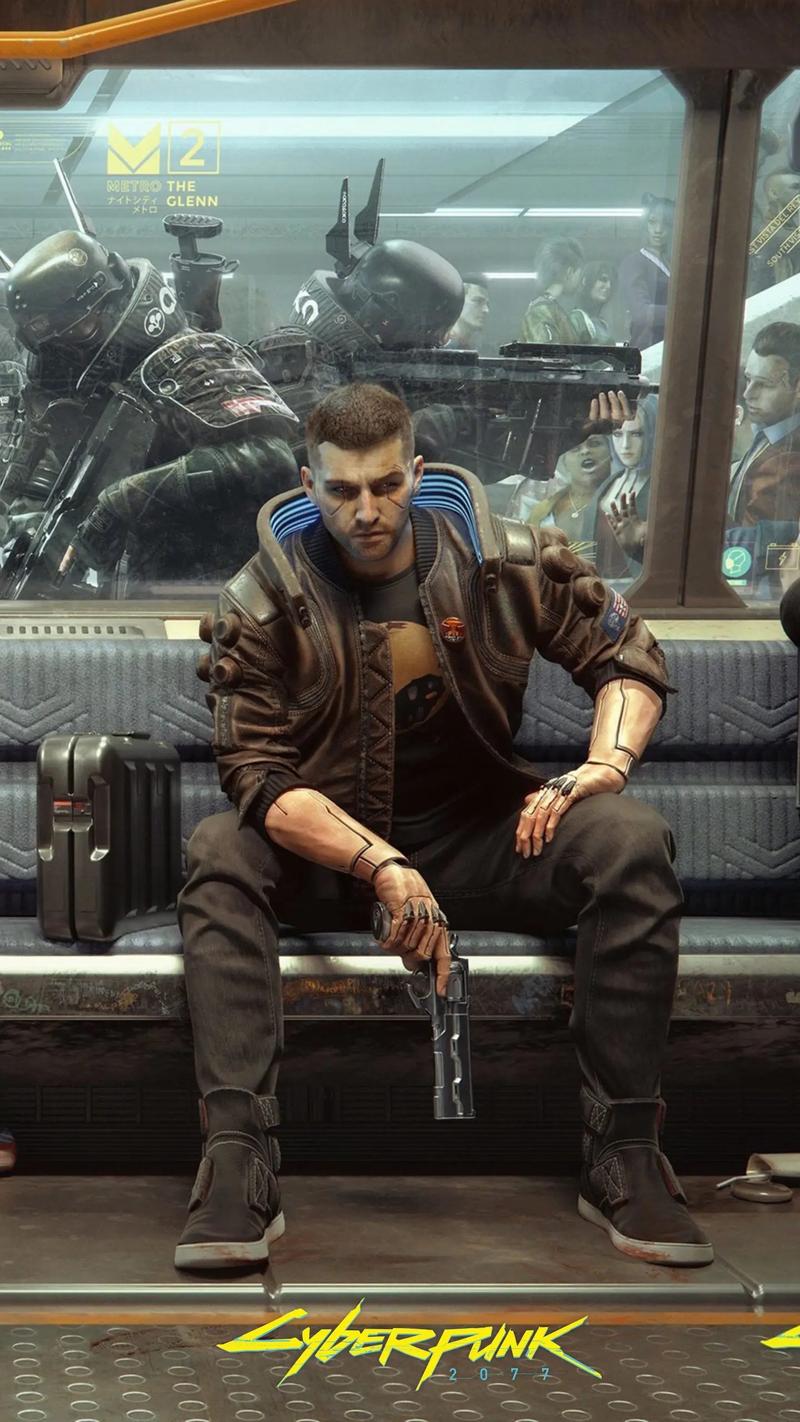Bioshock 2 Score Reassessment: Sequel Improvement
For years, the narrative surrounding BioShock 2 has been one of the "unnecessary sequel." Positioned between the genre-defining brilliance of the original BioShock and the dizzying, multiverse-hopping spectacle of BioShock Infinite, the second entry was often dismissed as a competent but uninspired retread, a project developed by a different studio that lacked the singular vision of its predecessor. Time, however, has been a kind critic. A decade later, a reassessment of BioShock 2 reveals not a diminished follow-up, but a profound improvement upon the foundation of Rapture. It is a game that honed the mechanics, deepened the emotional core, and delivered a narrative that, while more intimate, was arguably more coherent and thematically potent than the original's iconic twist.
The most immediate and undeniable area of improvement is in its gameplay. BioShock introduced the world to the "shock and awe" combat of Plasmids and weapons, but BioShock 2 refined it into a seamless, dynamic ballet of destruction. The ability to dual-wield a Plasmid in one hand and a weapon in the other was a monumental shift. No longer did players have to awkwardly switch between a genetic power and a machine gun; they could electrocute a Splicer with their left hand while drilling through them with their right. This created a fluidity and pace that the first game sorely lacked. The enemy variety expanded with more formidable foes like the Brute Splicer and the Rumbler Big Daddy, demanding more strategic use of the expanded toolset.
This combat evolution is perfectly encapsulated in the game's standout addition: the Little Sister harvesting sequences. In BioShock, these moments were simple, static moral choices. In the sequel, they become tense, tactical set-pieces. Choosing to protect a Little Sister as she gathers ADAM transforms the player into a master of terrain, forcing them to defend a fixed position against escalating waves of enemies. It’s here that the game's excellent environmental traversal tools, like the hackable security systems and mini-turrets, truly shine. You are no longer just a scavenger in Rapture; you are its apex predator, a force of nature defending its own. This transforms the moral choice from a passive moment of decision into an active investment of time and effort, making the decision to rescue the Little Sisters feel earned rather than merely selected from a menu.
This leads to the game's greatest triumph: its narrative and emotional core. BioShock famously deconstructed objectivist philosophy and player agency through the "Would you kindly?" reveal. BioShock 2 trades grand philosophical exposition for a more grounded, personal story. You are Subject Delta, a prototype Big Daddy psychologically bonded to a single Little Sister, Eleanor Lamb. The entire journey is a desperate reunion, a father's search for his stolen daughter. This simple, powerful throughline provides a constant emotional anchor that the first game's amnesiac protagonist, Jack, never had.

The relationship with Eleanor is the story's heartbeat. Through radio communications and glimpses into her upbringing, we see her shaped by her formidable, ideologically driven mother, Sofia Lamb. Lamb is a fascinating counterpoint to Andrew Ryan. Where Ryan was a narcissistic capitalist, Lamb is a collectivist utopian, a cult leader who preaches the sublimation of the self for the "greater good." Her villainy is not one of arrogance but of fanatical, suffocating love—a dark mirror to Delta's own paternal drive. This conflict—between a mother's twisted collectivism and a father's primal, individual love—is a more nuanced and emotionally engaging philosophical struggle.
The supporting cast further enriches this narrative. Where BioShock’s audio diaries were often fascinating historical artifacts, BioShock 2 uses them to weave tragic, interconnected stories for characters like the idealistic surgeon Dr. Gilbert Alexander and the tortured artist Stanley Poole. These aren't just tales of Rapture's fall; they are crucial pieces of the central mystery surrounding Eleanor and Delta's past. The game’s commitment to its theme of family is further reflected in its superior ending. Unlike the original's somewhat simplistic finale based on a binary choice, BioShock 2’s conclusion is a nuanced culmination of every major decision made throughout the game, directly influenced by the moral lessons you have imparted to Eleanor. It is a finale that feels truly personalized and thematically resonant.
Visually and atmospherically, BioShock 2 succeeds by exploring a different side of the same city. The art deco splendour is still present, but it is now frayed and waterlogged. We visit new, equally iconic districts like the decaying luxury of Siren Alley or the sunken, whale-song-filled abyss of Pauper's Drop. This Rapture feels more lived-in and diverse, showcasing the full social spectrum of the city's collapse, from the elite to the impoverished, all struggling to survive. The ocean feels more present, more threatening, emphasizing that the city is truly in its final death throes.
It is a critical fallacy to mistake a quieter, more focused story for a lesser one. BioShock will always be revered for its audacious world-building and shocking narrative revelation. Yet, BioShock 2 deserves equal acclaim for its masterful execution. It took the blueprint of a classic and improved it in almost every measurable way: combat, gameplay systems, character development, and emotional payoff. It understood that the true horror of Rapture was not just in its philosophical failings, but in the shattered lives and broken families left in its wake. By focusing on the poignant story of a father and his daughter, BioShock 2 did not just revisit Rapture; it found its heart, proving that a sequel can indeed build upon a legend and, in crucial aspects, surpass it.














